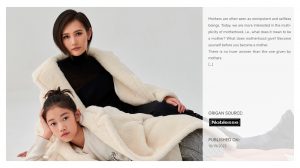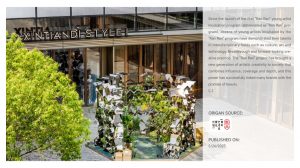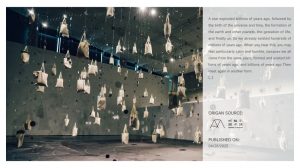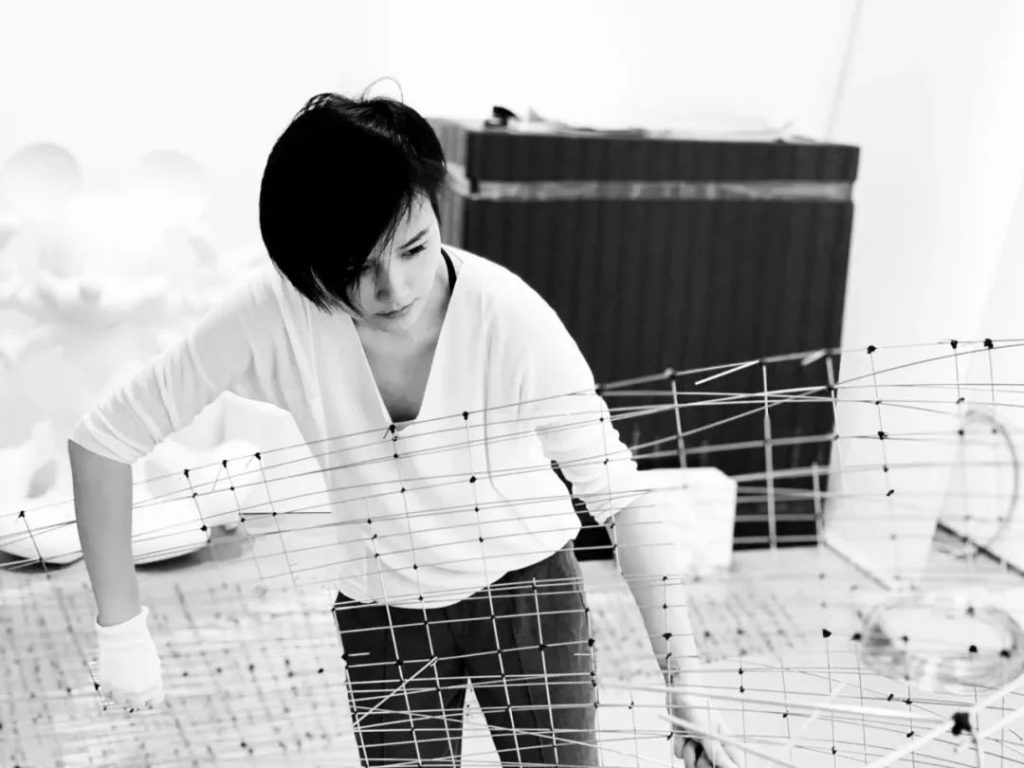
The second issue of MUSE TALK features artist JUJUWANG to discuss the relationship between man and nature. JUJUWANG is an installation artist who is inspired by nature, poetry and Eastern philosophy. She explores the commonalities between art, nature and culture through the creation of large-scale art installations and the combination of modern materials.
Nature is all-encompassing, and every plant and tree can provide us with a steady stream of inspiration; and love is an inevitable human emotion. It transcends matter, but it can connect with all things in a wonderful way. The combination of the two shows the uniqueness of the world. Today we have invited installation artist JUJUWANG . For her, nature and love will never let down anything. This is also the belief she has always upheld.
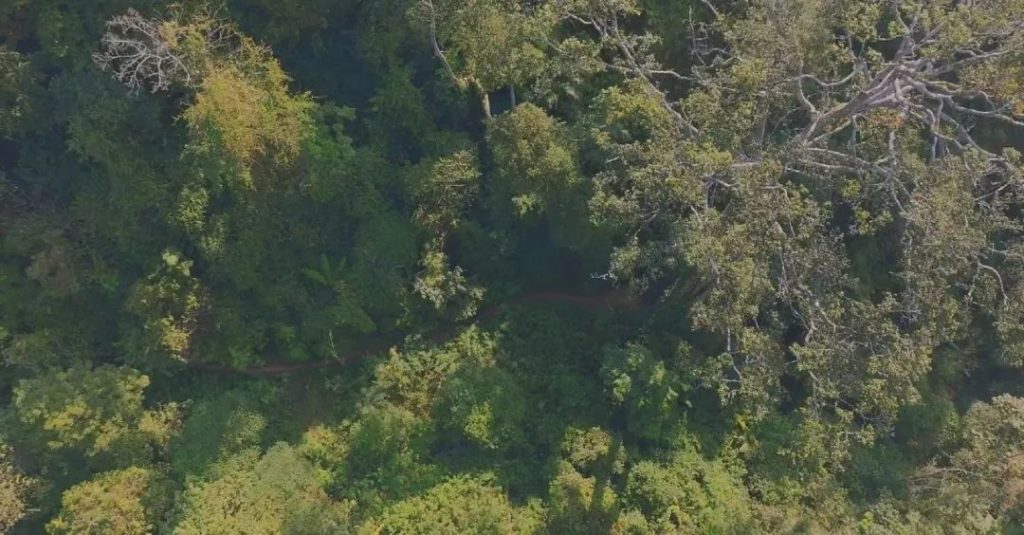
life is art
As an independent and free artist, JUJUWANG does not need to be bound by a nine-to-five job. She lives all the time and can create all the time. There is no boundary between the two, which means that the state of creation is the state of life.
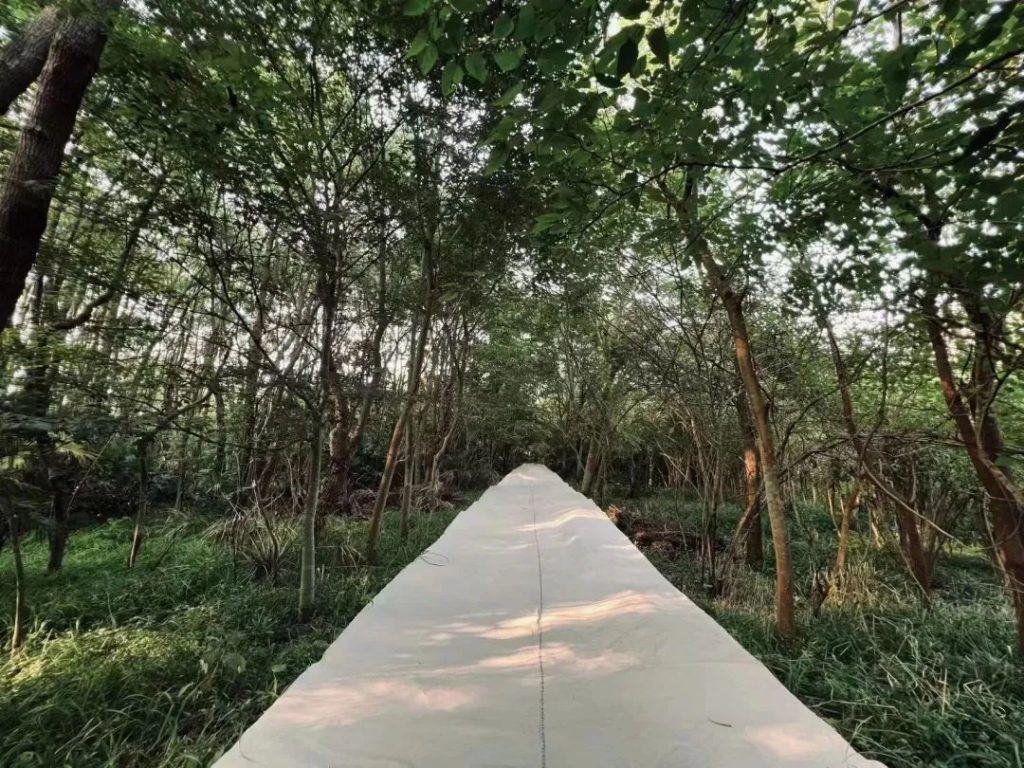
So: What kind of environment do you like to start creating in?
JUJUWANG: There are two times when I feel inspired when I am creating, one is when I am brushing my teeth, and the other is when I am taking a shower.
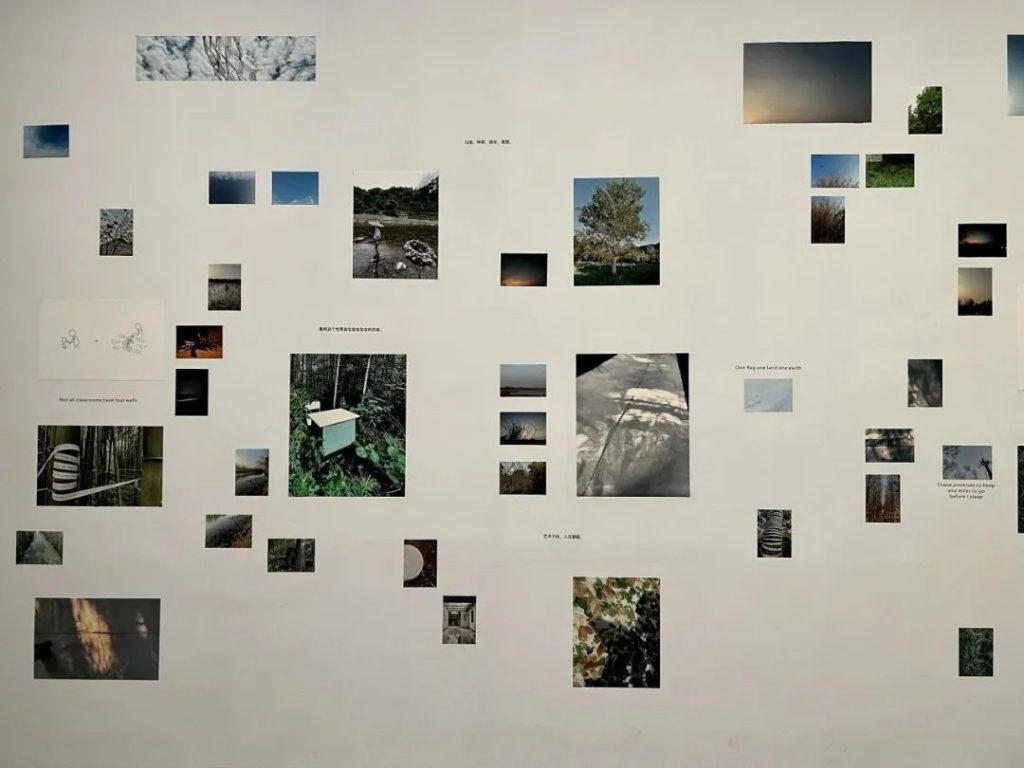

So: Are there any special preferences or habits when creating that form part of your personal characteristics?
JUJUWANG: Maybe it’s not a special habit, I think it may be one of my characteristics: no matter in creation or life, I like quiet spaces and time alone. I am more accustomed to being in a space with few people, with the same interests and ideas. people to communicate or travel together, etc.
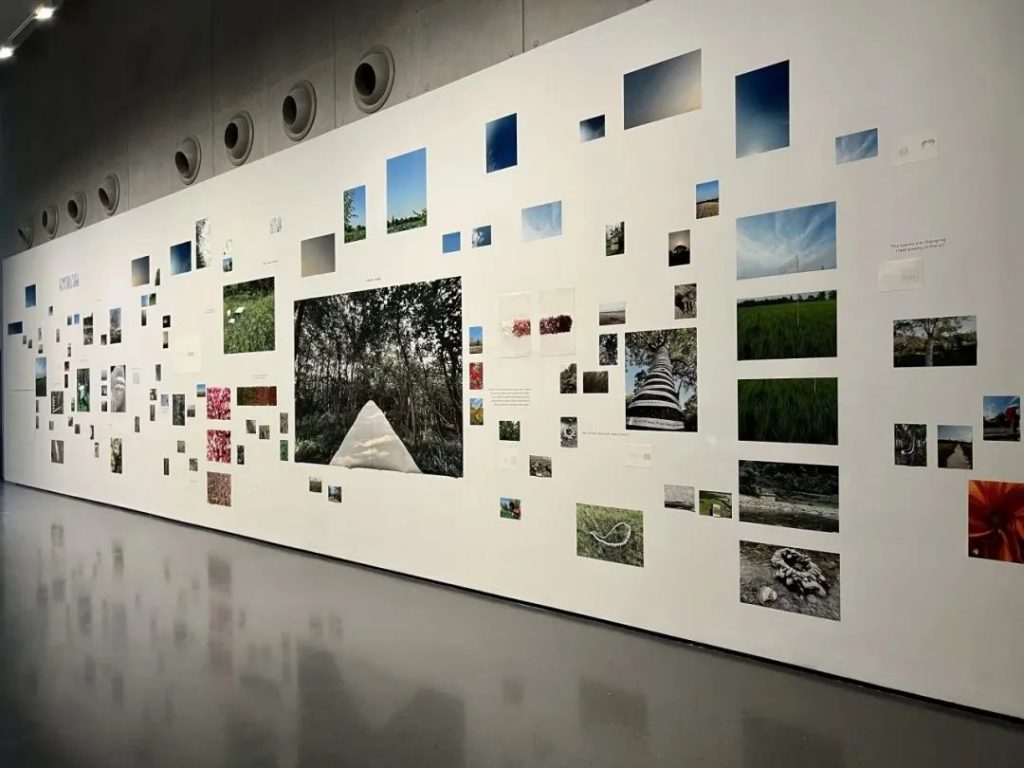
Inspired by nature, poetry and Eastern philosophy, JUJUWANG explores the commonalities between art, nature and culture through the creation of large-scale art installations and the combination of modern materials. Her artistic practice and exploration of the meaning of life are also intertwined with her rich experiences.
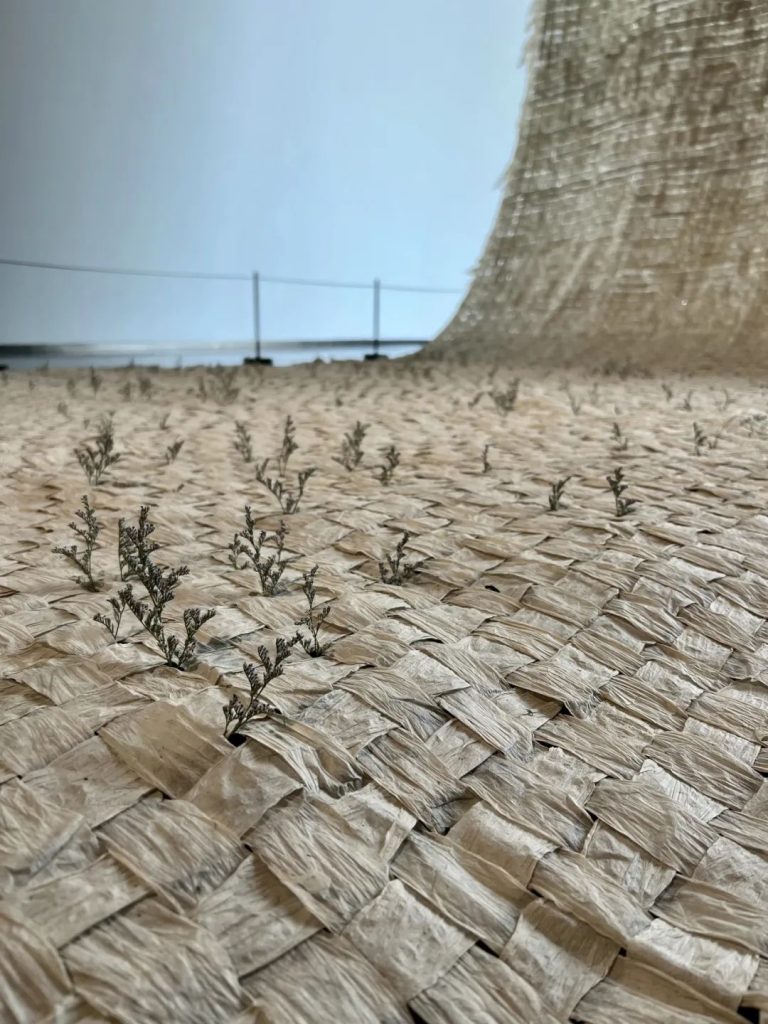
So: Can you share with us some experiences or stories about how you find creative inspiration?
JUJUWANG: I think this is difficult to describe accurately in words. For example, my studio is in Chongming, where we grow vegetables, create in the studio, ride bicycles, or drink tea and eat with friends, etc. These are enriching my life and the content of my artistic works all the time. So there wasn’t one particular experience, but my life was the whole experience.

All things meet
Nature and love never fail to live up to anything. “Vibrant giving” is the way of nature and love.
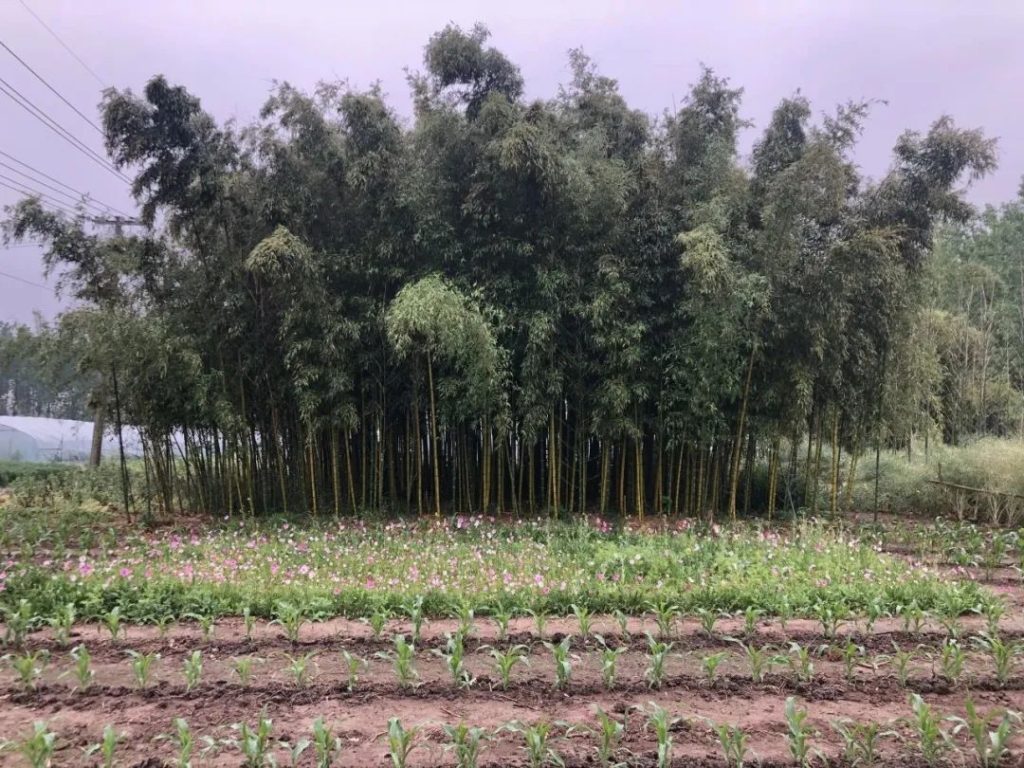
So: Your large-scale solo exhibition is called “Everything Meets Each Other”, so why did you choose this name? What does this name mean?
JUJUWANG: In fact, the name had two sentences at the time, “There are plants and trees in the world, and all things meet each other.” I only chose the latter because “all things meet each other” would be more profound, and it would arouse people’s thinking: not only Just the vegetation you see on earth, the deeper meaning behind it is where we come from and where we are going. These five words are also inspired by the Book of Changes.
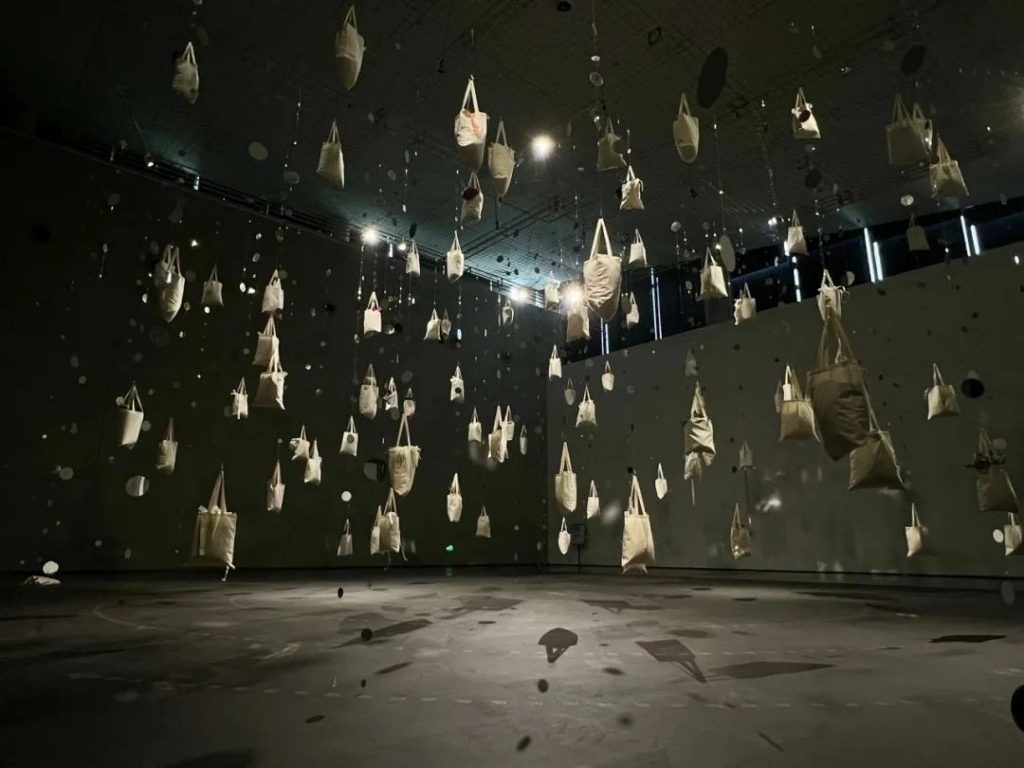
Installation art is a comprehensive display of “site + material + emotion”. JUJUWANG ‘s works use a variety of materials and forms to present nature to the audience, but more importantly, she hopes that her “nature-based art” can become a “brick” that triggers people’s interpretation and thinking.
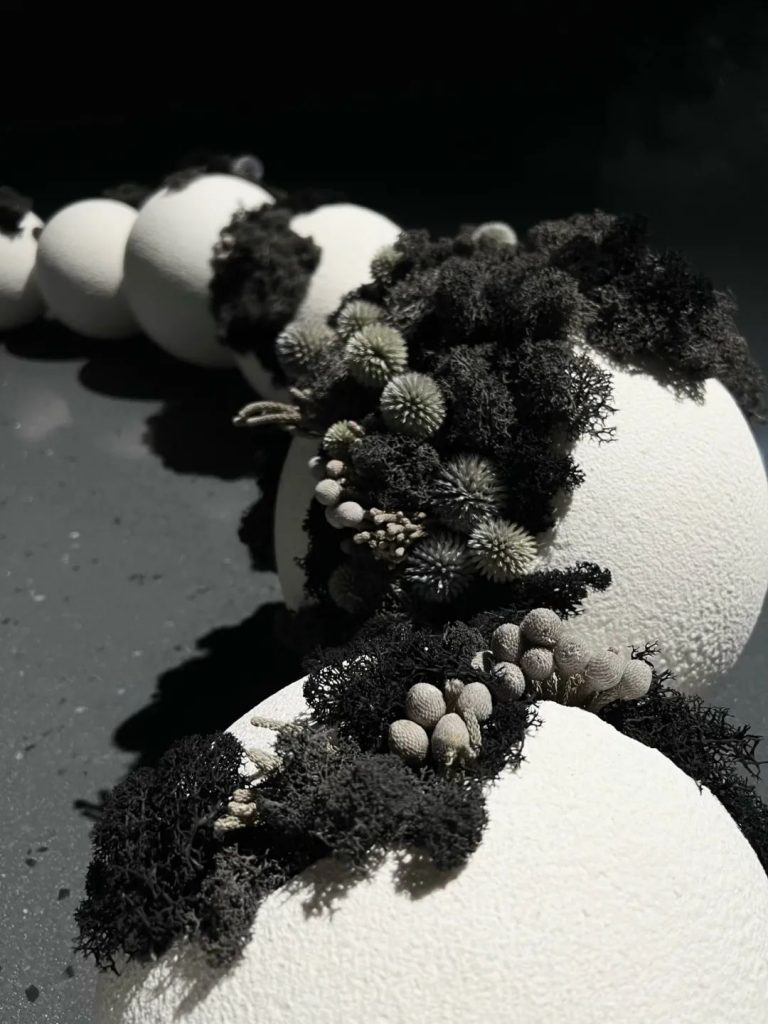
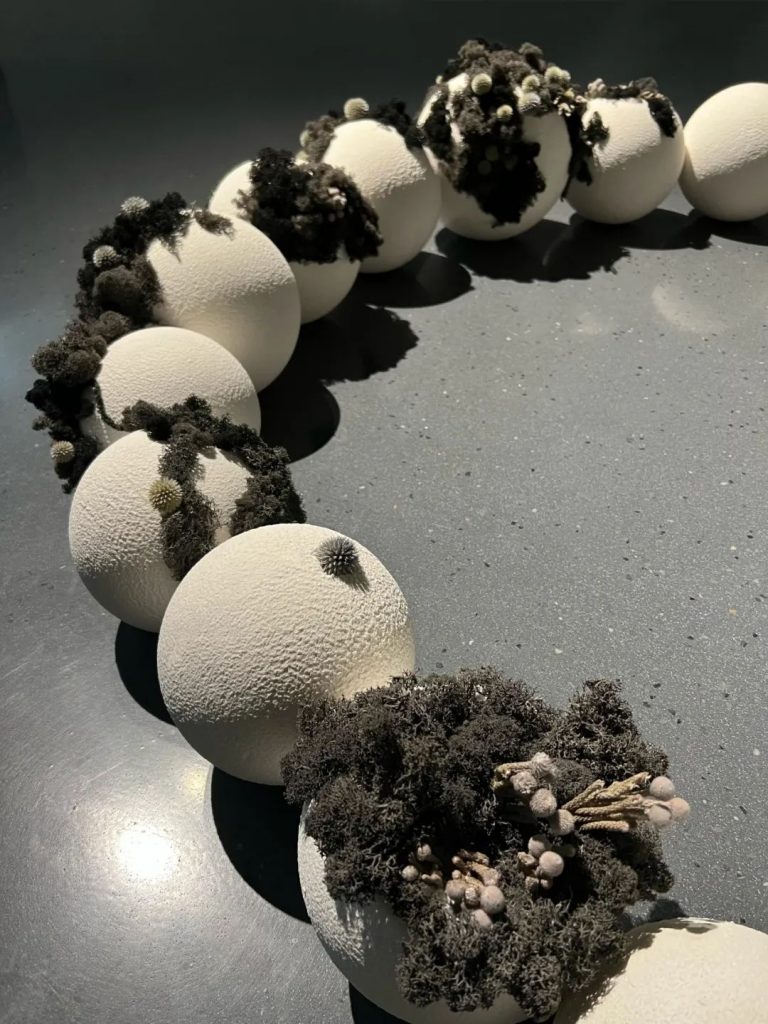
So: Use installation art to show the growth, change and prosperity of all things. What is your inspiration? You use different materials in your work, and what emotions do they express?
JUJUWANG: Although many works appear to be describing nature, they are not. I don’t want to move nature into an art museum, because I think if you want to see nature, the best way is to go out. I like to use nature as a medium because I hope that through these works I can think about the relationship between man and nature, and what man needs or does not need. For example, in “Planting Tomatoes”, the first work of “Everything Meets Each Other”, I planted a lot of tomatoes in the art gallery and let them grow freely.
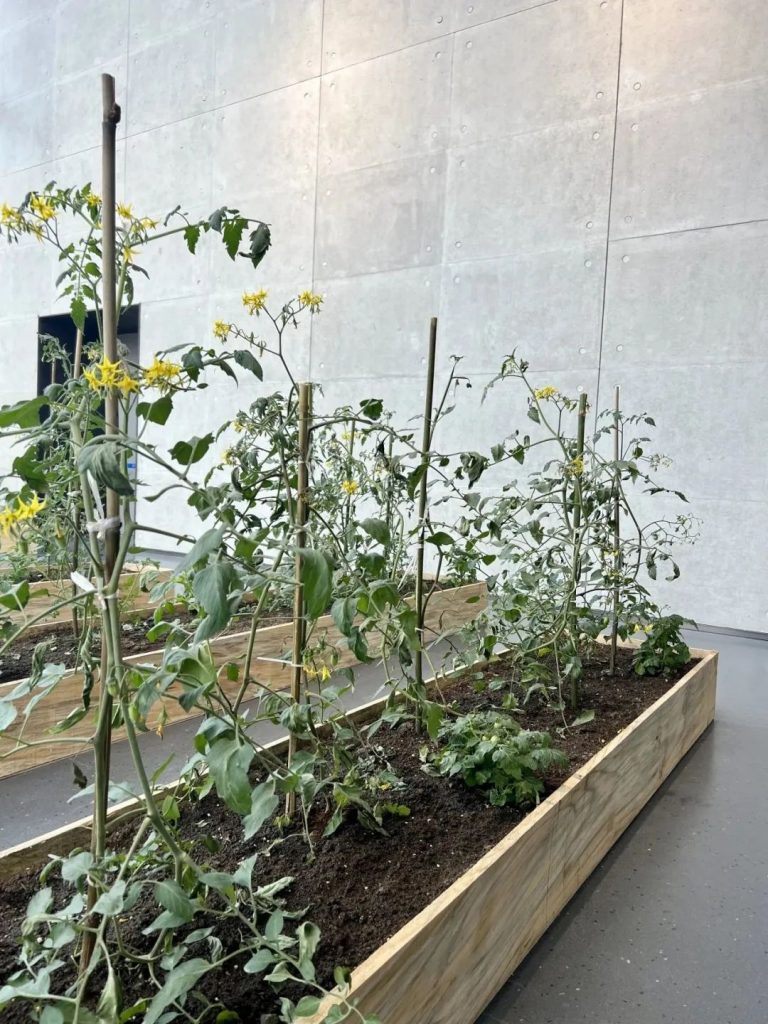
So: Why did you think of growing tomatoes in an art gallery, and how is it different from growing tomatoes outdoors in a farm field?
JUJUWANG: We usually grow tomatoes in the studio. The purpose is actually very simple, which is to allow them to eat tomatoes when they grow up. But if you move the tomato into an art museum, in a specific space, a city, its meaning will be different. The Chengdu Art Museum is a place where every inch of land is precious. There are millions or tens of millions of installation works inside. And we grow cheap tomatoes. This contrast allows us to think about the value of growing tomatoes, the value of art and labor. What is the value of.
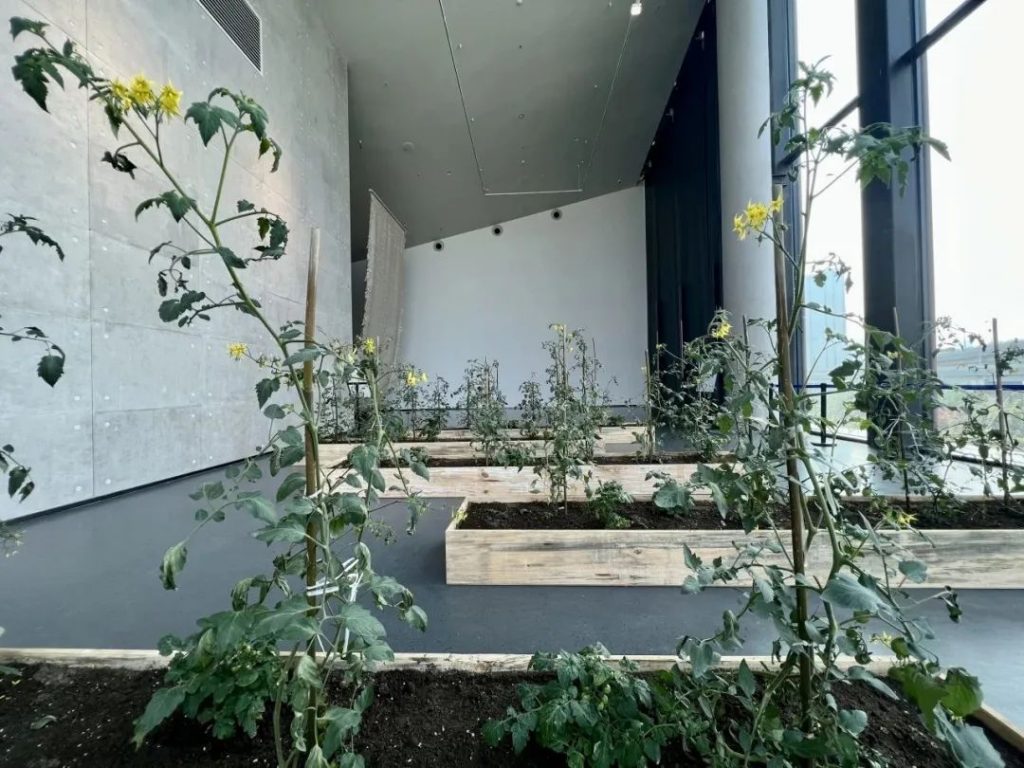
JUJUWANG makes thinking an indispensable part of her artistic works, letting the audience understand that nature is not only the green on the surface, but also brings more profound reflection to this fast-paced world after dinner.
Find balance in tradition
Art does not take culture as a boundary; tradition does not create barriers due to the times. JUJUWANG ‘s works also incorporate a lot of traditional Chinese culture, and she also explores the balance between art and life in the collision of tradition and modernity.
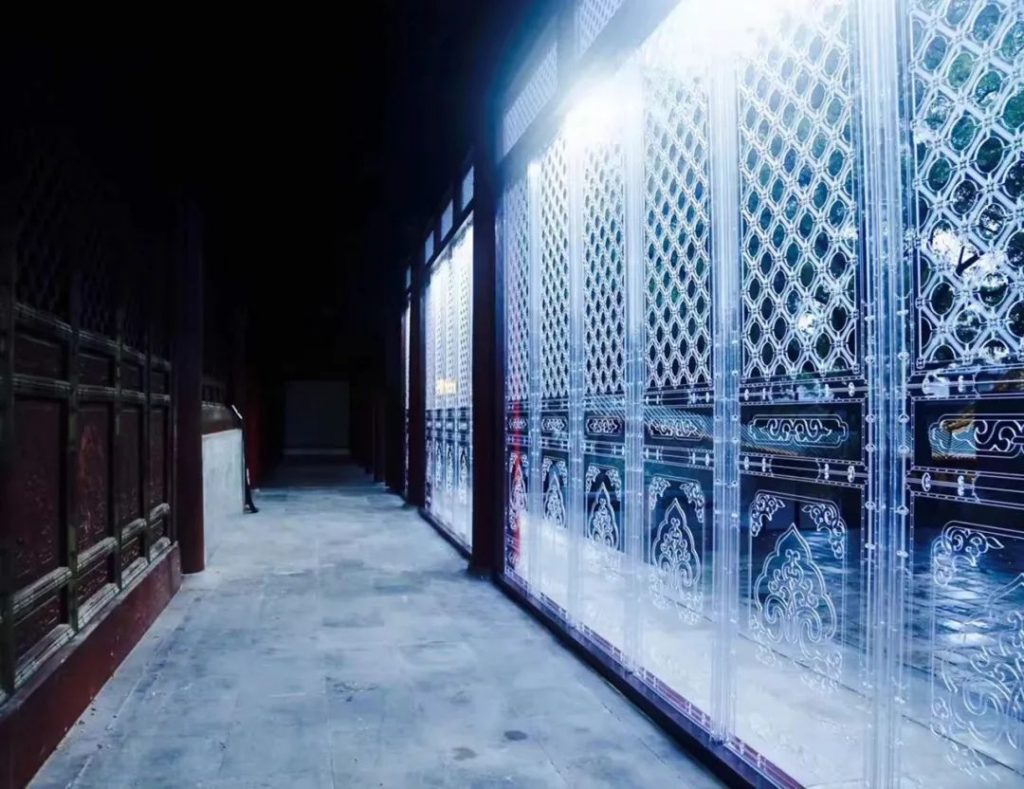
So: Your works also incorporate a lot of traditional Chinese craftsmanship. Why did you choose traditional culture for your creations?
JUJUWANG: First of all, traditional craftsmanship is very delicate. I have seen many craftsmanships. When I look at them, I feel that my eyes are familiar with them, but it takes a long time for my hands to learn them. It is certainly attractive, but what attracts me even more is the origin and development behind each craft: what role it plays in history, how it is passed down to this day, how it is combined with modern art, etc.
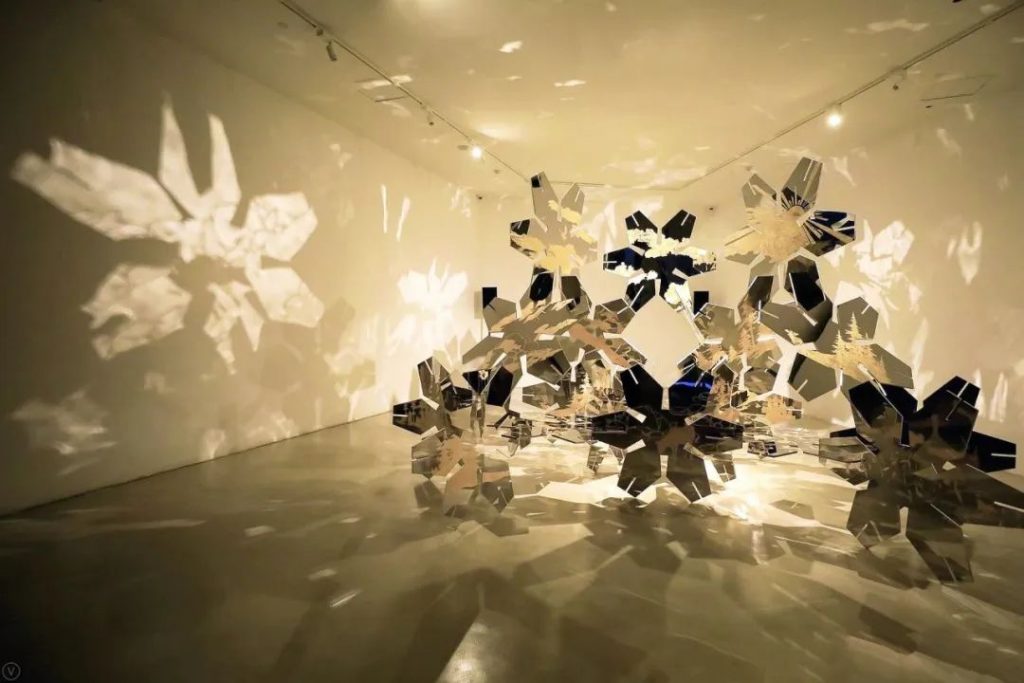
So: In “Cloud House”, you used handmade Dai paper and modern laser engraving technology to create a “cloudy to sunny” effect, turning the traditional and rough handmade Dai paper into an indoor “Cloud House” with changing light and shadow. , why do you think of using Yunnan Dai paper relics to create?
JUJUWANG: Dai paper is the paper of the Dai people. When we went to Xishuangbanna, we met a village where the villagers had been making paper for 800 years. Due to the village’s location halfway up a mountain, the villagers believed they were cursed. At that time, there was an old woman. When she went up the mountain to collect leaves for pigs to eat, she plucked the bark of the branches and trees together, soaked them in alkaline water and fed them to the pigs. However, the pigs could not digest them and vomited them out. Plus, the sun in Yunnan It was so hot that the vomit formed into paper after a few days. There are many more stories, but overall, it’s like a myth that’s been circulating there and is particularly interesting.
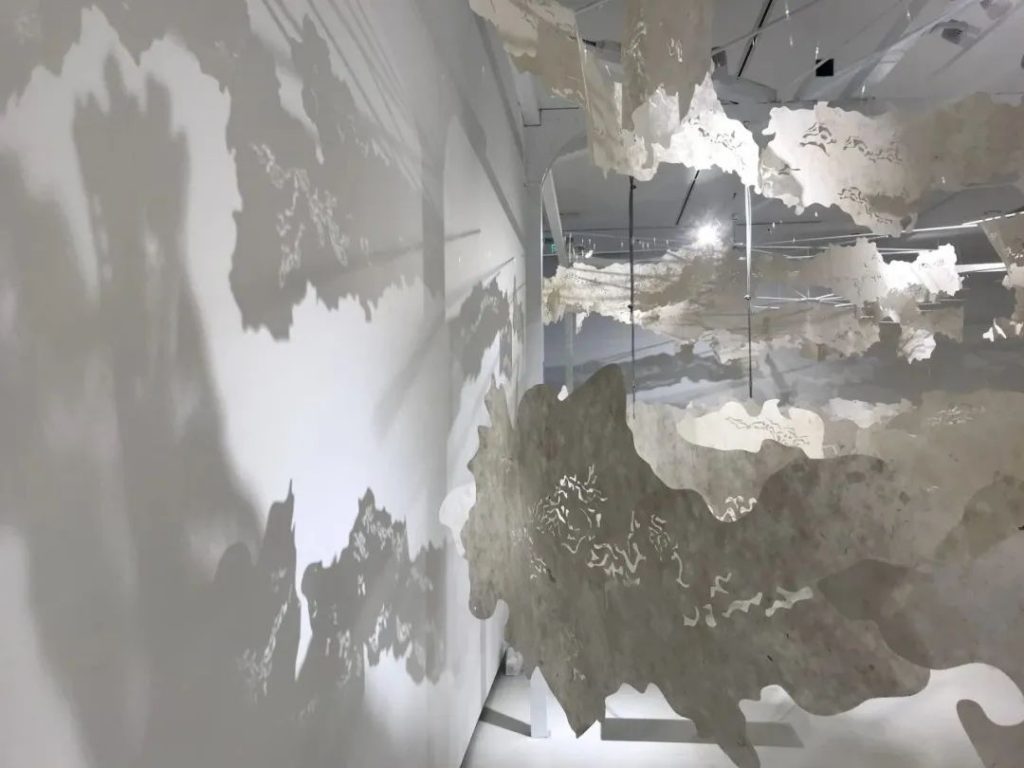
So: It turns out that there is such an interesting story about the creation of Dai paper!
JUJUWANG: After visiting this village, you will find that it is very simple, including that they have many of their own traditions and culture, and have their own language, just like an isolated village. So when I was living with everyone there, I felt like it was as clean as the clouds above. So I don’t want to create by changing the color or texture of the paper. I hope to retain its original appearance, and then draw everyone’s attention to handmade Dai paper and their understanding of culture through the interpretation of the work.
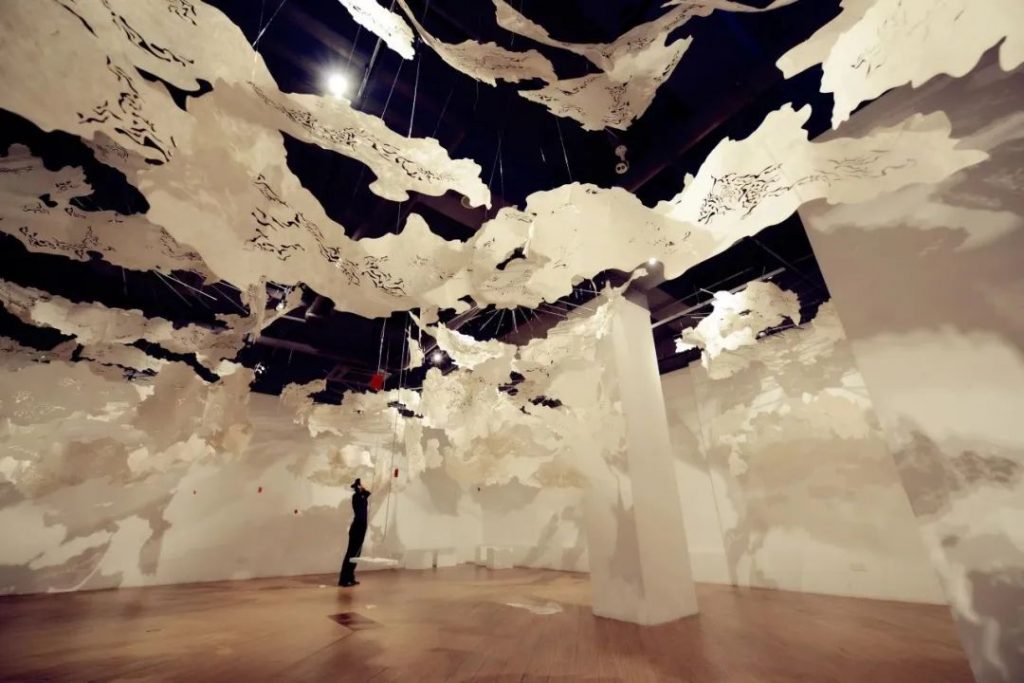
The inheritance and development of handicrafts not only require innovation in content, but also its innovative forms and methods must keep pace with the times. In today’s technological era, the Metaverse has given artists new opportunities. JUJUWANG, who is willing to try new things, also seized this opportunity.
So: Your “Carpet Planting” and “IF” participated in the “Show Her Embroidery, Flowers Bloom Without Boundaries” – Metaverse Pocket Flower Island Art Exhibition. Why did you choose to combine it with Yuanverse technology to protect the inheritance of traditional skills of ethnic minorities?
JUJUWANG: This is a way to keep up with the pace of society and not deviate from the times, so if you have such an opportunity, as an artist you should try it. As for what the result will be, it is unknown. This is also a learning process.

So: In the process of integration of contemporary art and traditional culture, do traditional crafts that are on the verge of being lost need to be “renovated” by contemporary art, or do contemporary art need to seize the innovation point of tradition that cannot be missed? How do you view the relationship between the two? ?
JUJUWANG: I think it needs a balance point, that is, how do you find the balanced relationship between the two. I have been looking for this kind of relationship in my works, not only in the process of creation and work, but also in my life.
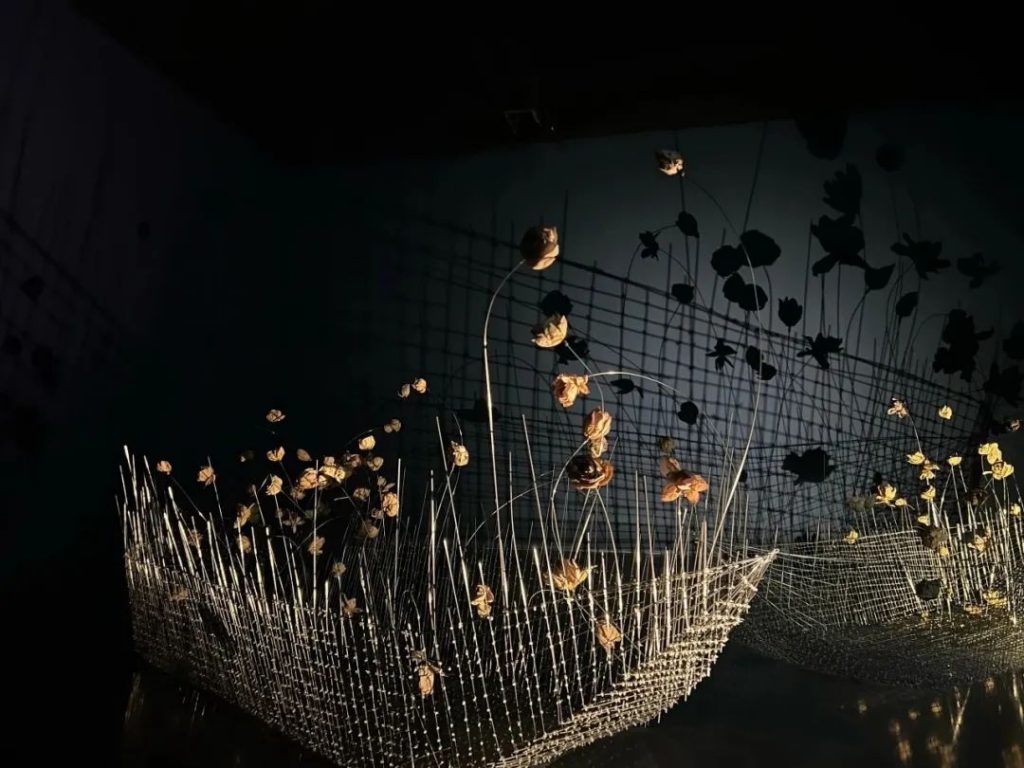
So: How do you find the balance?
JUJUWANG: To give an example, I planted a rose in my studio. I found that when I didn’t cut off some branches and leaves, it grew very well and grew very high. But if you trim it back a little every year, it will grow more lush the next year. This is like a balance. It seems that the longer it is, the better if it is not trimmed, but in fact, if you trim it a little, or let it suffer a little setback, it will actually be better. This is true whether it is life, contemporary art, or traditional culture. Only by finding a balance between the two and letting them coexist can you go further.

JUJUWANG is summoned by nature, poetry, Eastern philosophy and traditional culture, and gets inspiration from them, bringing news from the land, plants and nature, creating art where “everything can be encountered”. At the same time, through his works, he calls everyone to breathe, to feel nature and love, and to think about the meaning of life.
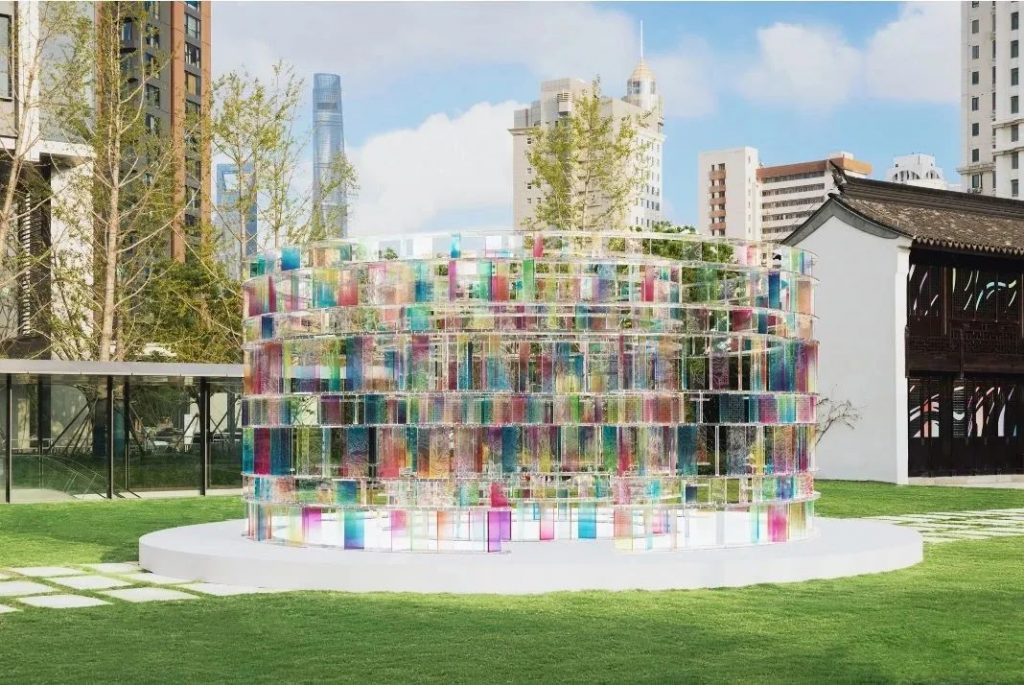
Creation and cultivation are similar processes. Sow ideas, shed sweat, wait for growth, and wait for the four seasons to pass. Each work of JUJUWANG has been repeatedly polished to present the essence of nature and love.
Editor/Zhao Fudu
Written by Li Jinqiao
